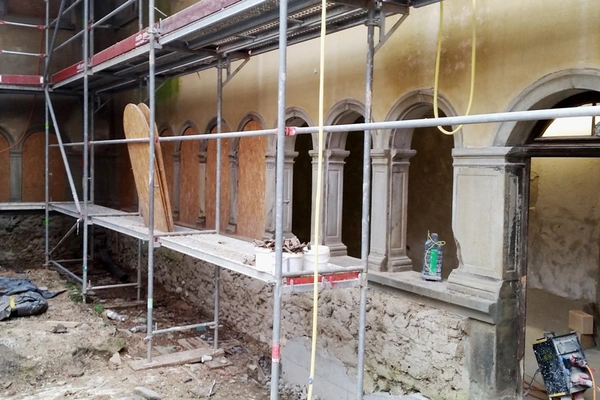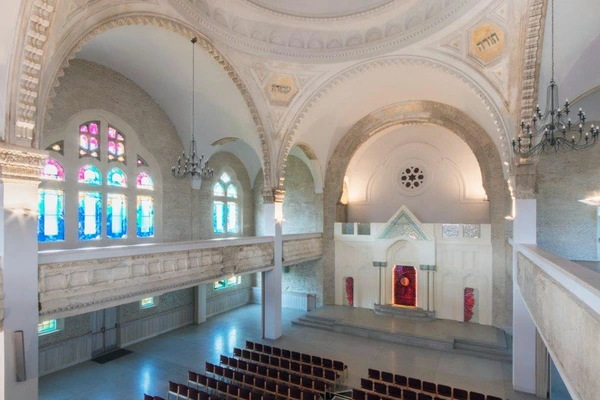Hungary
Located in Majk, Hungary, the Camaldolese Hermitage, a Benedictine monastery complex, was originally built in the 18th century. Thanks to a state programme promoting the renovation of Hungarian heritage assets, the historically important building ensemble is now being returned to its former splendour. And the moisture-regulating render Exzellent STP from MC-Bauchemie played a major role in its rehabilitation.
Name
Renovation of a monastery complex in Majk
Country
Hungary
Categories
Products
Located in Majk, Hungary, the Camaldolese Hermitage, a Benedictine monastery complex, was originally built in the 18th century. Thanks to a state programme promoting the renovation of Hungarian heritage assets, the historically important building ensemble is now being returned to its former splendour. And the moisture-regulating render Exzellent STP from MC-Bauchemie played a major role in its rehabilitation.
The town of Majk lies some 75 km from the Hungarian capital of Budapest. And it was there that the Benedictine Camaldolese Hermitage was built in the 18th century as a sprawling monastery complex. It comprises a prodigy mansion serving as a guest house and the prior's residence – also known as the Esterházy hunting lodge – as well as 17 simple hermit's cottages or “retreats” surrounding a Baroque church tower. Since the 1980s, the complex has served as a much visited tourist attraction.
During the primary renovation work, special attention had to be paid to heritage preservation. It was important to ensure that both the building structures and the parts accessible to the public were faithfully, safely and permanently restored. Special challenges also arose due to the high capillary moisture and heavy salt load contained within the masonry.
Modern technologies such as retrofitting a damp-proof course or similar horizontal barrier had to be ruled out from the outset due to the damage that the historic building structure would suffer. So László Bors and Erika Luthár, MC specialists in the renovation of historic buildings, suggested the use of the Exzellent STP render system, a product line especially developed for the repair of masonry that has been severely damaged by moisture and salts.
As a salt transport and moisture-regulating plaster, Exzellent STP enables masonry exposed to moisture and salts to permanently dry out through the progression of a natural process. The render system offers huge advantages in this respect due to its unique network of micro- and macro-pores. The moisture, together with the salts dissolved in it, is reliably and continuously transported out of the masonry to the render surface without destroying the coating structure. Further, the natural mineral render both prevents the formation of mould and ensures a pleasant interior climate. Since, for heritage preservation reasons, construction materials had to be used that resembled those of the original historic buildings – and in the 18th century there were no cementitious mortars or renders – the specialists at MC recommended application of cement-free Exzellent STP historic. This is based on NHL (natural hydraulic lime) and Roman lime and offers the perfect solution for the restoration of listed monuments.



See all references

We are continuously improving our website and we use cookies for this purpose. For an optimal user experience, we recommend that you accept them. Otherwise, parts of the page will be deactivated in the display in accordance with data protection regulations.